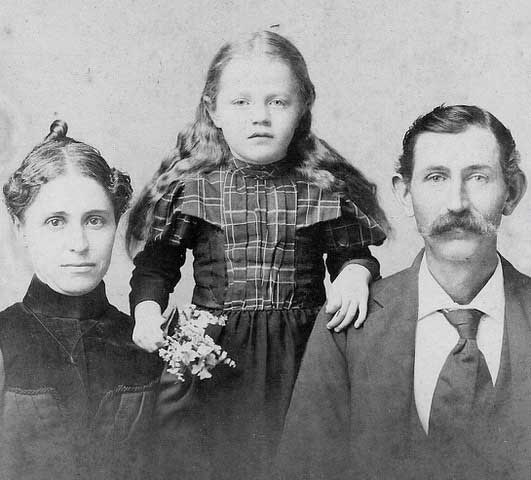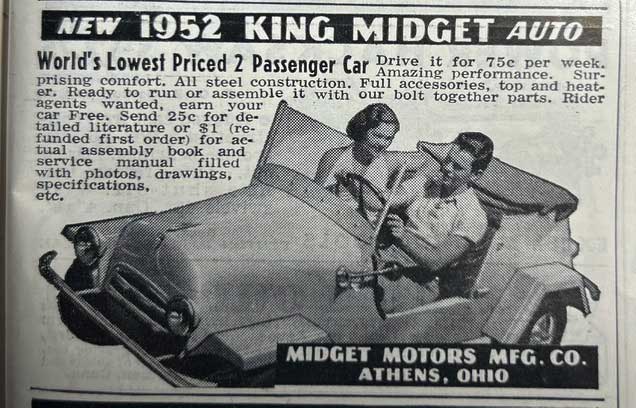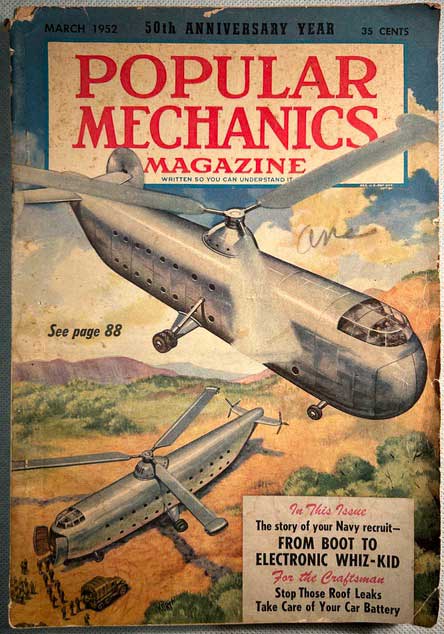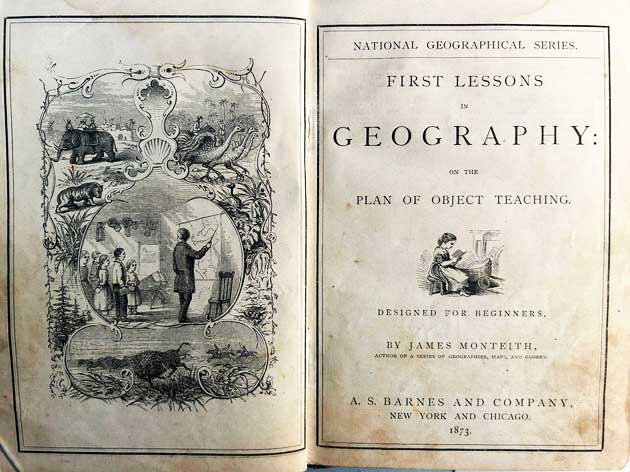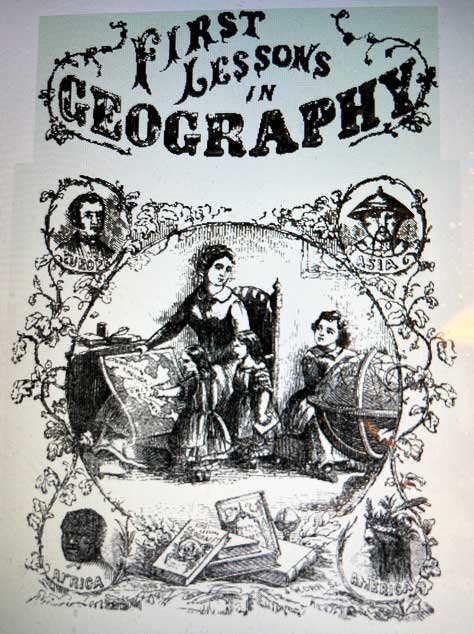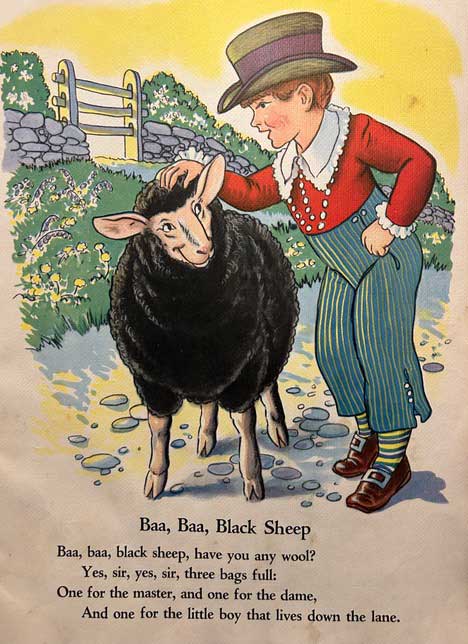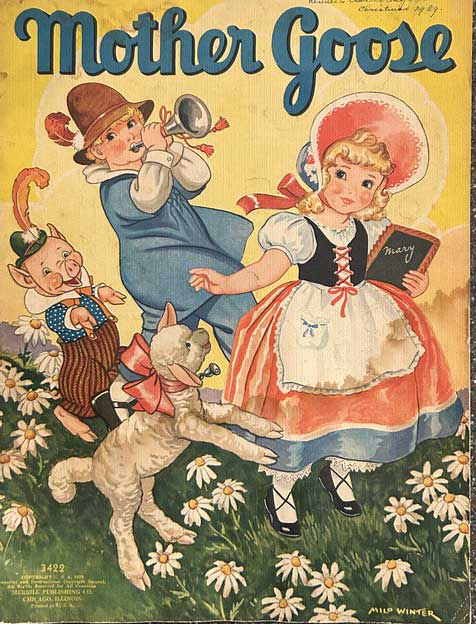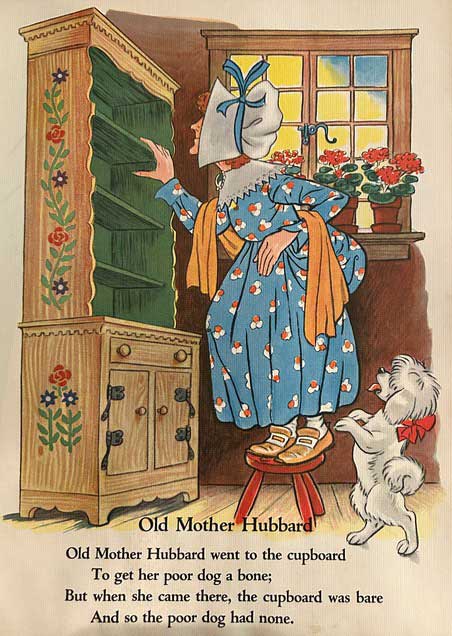Old brochure touts Ford’s automotive progress – in 1935
July 2024
Vintage Discoveries
Old brochure touts Ford’s automotive progress – in 1935
by Ken Weyand
A few years ago, I chronicled the story of a long “road trip” my parents and grandparents took to California in 1935, a couple of years before I was born. My parents and my mother’s folks shared at least one thing in common: a love for travel, and once the crops on the family farm in northeast Missouri were cultivated (or “laid by,” as they called it) my Dad would look for ways to get the family “on the open road.”
In 1935, still in the depths of the Great Depression, money was tight, and any travel had to be done “on the cheap.” Staying with relatives often saved overnight expenses, which in those days meant paying $2 to $3 for a “tourist cabin,” and maybe furnishing your own bed linens. Food was bought at grocery stores along the way, with few stops at restaurants. Gas cost as little as 17 cents a gallon, and their nearly-new 1935 Chevy had fresh tires that gave them no trouble.
Using a trip-planner furnished by Conoco, my mother recorded every cent the foursome spent, even including haircuts for the men. The total cost of their 6,603-mile, 24-day trip came to only $164.
One of the highlights of their trip was the California Pacific International Exposition at Balboa Park in San Diego. They were among the more than 7 million visitors to visit the expo. Admission for the four of them cost $2.
Along with the Expo’s many (free) attractions was the Ford Motor Co.’s exhibit, highlighting its latest automobiles, and the various steps in their manufacture. The exhibit included twenty working models showing the Rouge plant in Dearborn. Obviously impressed with the Ford exhibit, my folks saved the brochure among other keepsakes from their trip. To me, it remains a “time capsule” of the state of automotive progress nearly 90 years ago.
Besides describing in detail the advantages of the latest models, the Ford brochure touted Henry Ford and his status as a leader of the industry. His thoughts are quoted on every page, and the cover features a photo of Henry with his first automobile. In one of his quotes, he writes, “Industry is Mind using Nature to make human life more free.”
By 1935, Ford was facing intense competition from Chevrolet and others, and the brochure shows the effort the company was making to remain an industry leader. Ten years later, Henry Ford II would succeed his father as company president.
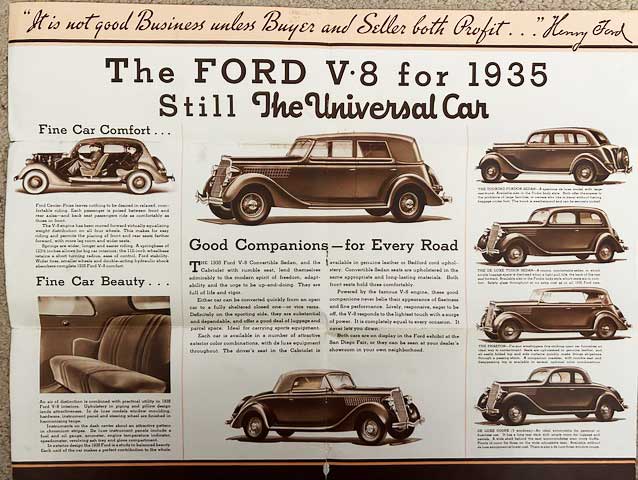
Center spread shows features of 1935 cars, and all the models available.
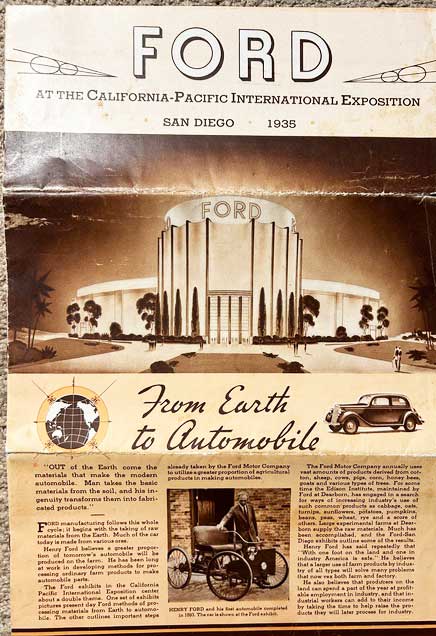
Cover of 1935 Ford brochure
Cover of Ford brochure, showing Henry Ford’s first automobile, newest model. (Image courtesy of the author)
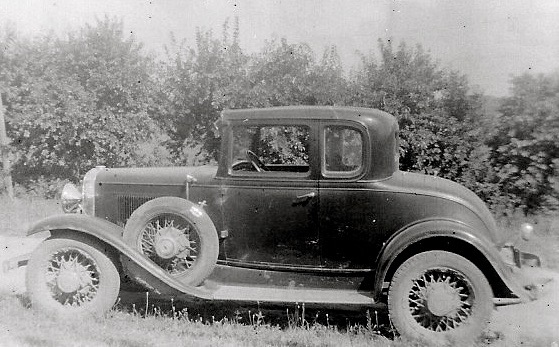
Ford coupe
Ford coupe owned by my parents featured a “rumble seat.” (Image courtesy of the author)
Ken Weyand is the original owner/publisher of Discover Vintage America, founded in July 1973 under the name of Discover North.
Ken Weyand can be contacted at kweyand1@kc.rr.com Ken is self-publishing a series of non-fiction E-books. Go to www.smashwords.com and enter Ken Weyand in the search box.


